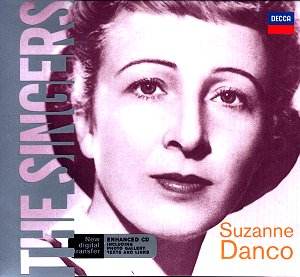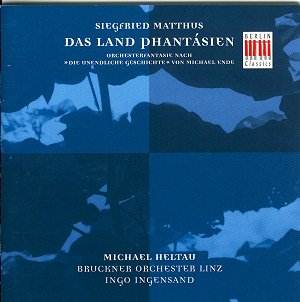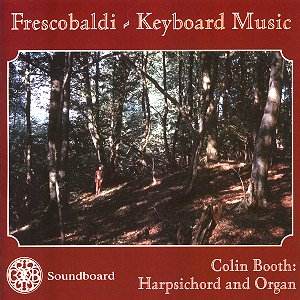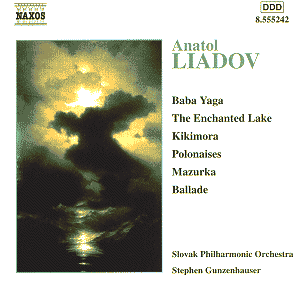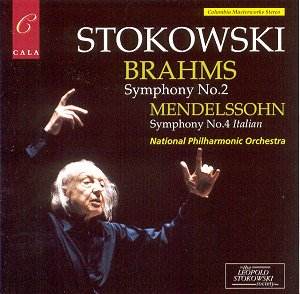 Composer: Johannes Brahms
Composer: Johannes Brahms
Works: Symphony No. 2 in D, Op. 73; Felix Mendelssohn, Symphony No. 4 in A, Op. 90, “Italian”
Performers: National Philharmonic Orchestra; Leopold Stokowski, conductor
Recording: Recorded in EMI Studio One, Abbey Road, London, 4th, 5th & 9th April 1977 (Brahms) and 31st May, 2nd and 4th June 1977 (Mendelssohn)
Label: Cala Records
Johannes Brahms’s Second Symphony, often overshadowed by the more dramatic First and the tragic Third, emerges in this recording as a masterful testament to the composer’s lyrical genius and structural sophistication. Written during a summer retreat in the Austrian Alps, the Symphony No. 2 reflects a buoyant spirit, contrasting with the more tempestuous elements of his oeuvre. A fitting companion, Mendelssohn’s “Italian” Symphony encapsulates the exuberance of the composer’s travels through Italy, showcasing a vibrant palette of orchestral colors and vivacious rhythms. Both works, performed by the National Philharmonic Orchestra under the venerable Leopold Stokowski, capture the essence of Romantic symphonic form while displaying the unique interpretative lens of a conductor renowned for his dramatic flair and emotive insights.
Stokowski’s interpretation of the Mendelssohn begins with an “Allegro vivace” that indeed embodies its designation, yet avoids the common pitfall of mere speed. Instead, it is characterized by a buoyant momentum and an infectious sense of joy. The development section reveals a palpable sense of growth and evolution within the musical argument, thanks to the nuanced phrasing that Stokowski draws from the ensemble. The woodwinds and strings engage in a dialogue that is both intricate and balanced, showcasing the clarity of the orchestration. This attention to detail allows Mendelssohn’s melodic lines to breathe, particularly in the “Andante con moto,” where the forward motion is preserved without succumbing to romantic languor. Stokowski’s decision to maintain a slightly slower tempo in the final movement ensures that the delicate intricacies of Mendelssohn’s writing are effectively illuminated, presenting a tapestry that is both lively and articulate.
The Brahms Symphony No. 2 stands out as a remarkable achievement, especially considering Stokowski’s advanced age during this recording. His interpretation is imbued with a vitality that belies his 95 years, offering an organic growth through the first movement that is both dramatic and inevitable. The inclusion of the first movement repeat, often omitted in modern performances, enriches the sense of development, allowing Brahms’s thematic material to unfold naturally. Stokowski’s approach to the second movement is particularly noteworthy, as he skillfully navigates the emotional landscape without compromising the musical flow. The third movement, marked “Allegretto,” is treated with an elegance that highlights Brahms’s thematic clarity, delineating structural paragraphs that enhance the overall coherence. The finale culminates in a brilliant coda, where Stokowski maintains a poised excitement that feels both inevitable and exhilarating.
The recording quality, a hallmark of the EMI legacy, captures the vibrancy of the National Philharmonic Orchestra’s performance with exceptional fidelity. The balance between sections is meticulously rendered, allowing for both the lushness of Brahms’s orchestral writing and the crispness of Mendelssohn’s textures to shine through. There is an intimacy in the sound that draws the listener into the performance, making it feel as though one is present in the studio. Stokowski’s interpretations, while not radical in their adherence to the scores, resonate with an unmistakable spirit that invigorates these familiar works.
This pairing of Brahms and Mendelssohn, under the distinguished baton of Stokowski, presents a compelling exploration of two contrasting yet complementary symphonic landscapes. Each performance stands as a testament to the conductor’s enduring artistry and the orchestra’s spirited execution, offering a refreshing perspective on both works. A valuable addition to the catalog, this recording not only enriches our understanding of Brahms and Mendelssohn but also reaffirms Stokowski’s legacy as one of the great interpreters of the symphonic repertoire. Enthusiasts and neophytes alike will find much to treasure in this delightful disc.
